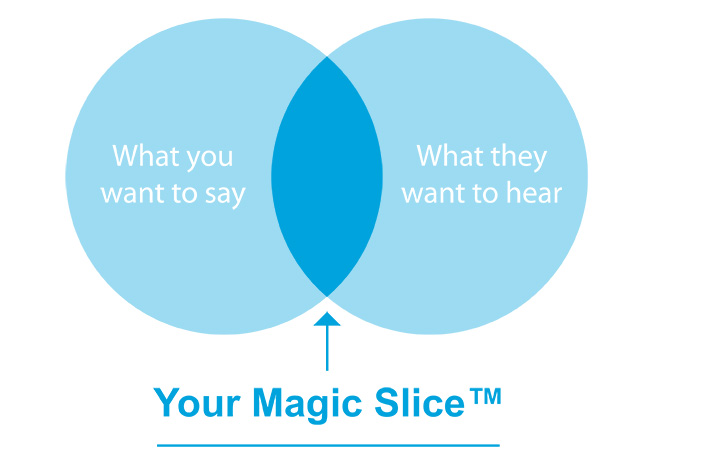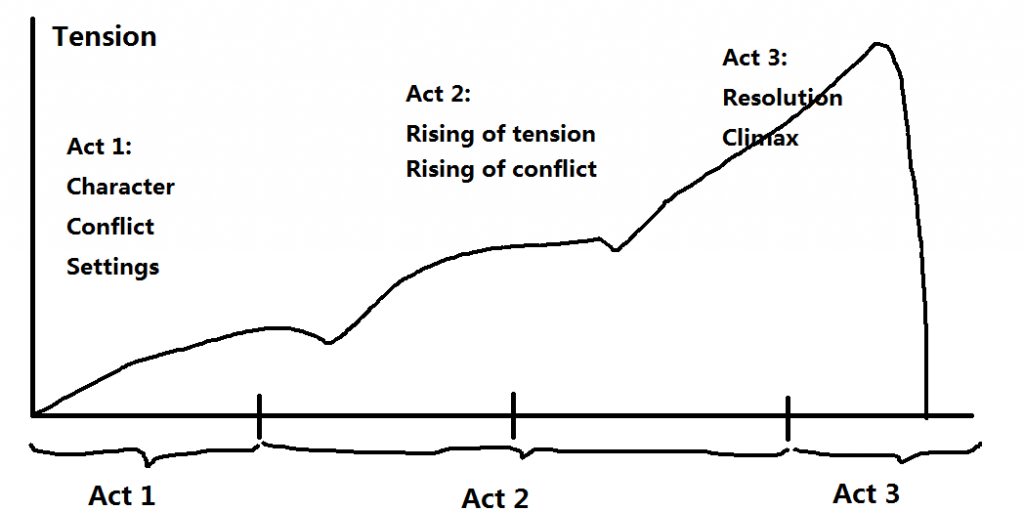
Following our recent post on the 3XE Search Marketing Conference, we wanted to share with you a part of the conference that really stood out to us. It was the ‘ Storytelling for search – how to be so compelling the world finds you’ afternoon session with Jack Murray of All Good Tales.
We’re continually being told how ‘Content is King’ and yet in our increasingly noisy world it’s becoming more difficult to create impact with that content.
From a B2B perspective, it’s tricky to create a narrative around often complex B2B topics, and present information in a way that is easy to understand and resonates with both technical and commercial audiences.
First up, Jack implored us to stop calling it ‘content’ and instead start calling it ‘storytelling’ – as people can relate to ‘stories’ as opposed to ‘content’. It is widely recognised that stories are a most powerful communications tool, a simple way of conveying intention, meaning, information and emotion. Great stories solve big problems and overcome the most difficult of obstacles. Great stories defeat apathy by exciting people’s most basic needs. Great stories overcome distraction by grabbing attention.
We were each presented with a beautifully old-fashioned handbook called ‘The Storyteller’s Manifesto’, which Jack has published. This book is a little gem, with lots of insights and ideas on how to translate your business into a story that resonates with your audience.
The premise of the book is simple. ‘Those with the best stories succeed’. Now, this may be a somewhat simplistic view of the world, but even to the most cynical, there is core of truth to it. The best stories garner more:
- Attention
- Emotional connection
- Funding
- Loyalty
- Sales
There are 3 simple rules of Great Stories
1. Know your magic slice
This is the unique place where the attention of an audience is perfectly aligned with the power of a story. In this place, the customer, user or audience member, is more receptive and open to the power of your story. So much of what we communicate is not relevant or appealing to our audience – if we can work out what is, then we can affect change.
From a B2B perspective, communication tends to centre around product and features and applications, as opposed to the benefits they offer the audience. It’s time to start looking outwards and place the focus on the audience, by highlighting the relevant solutions on offer.

2. Know the elements of a story
Leo Tolstoy famously stated that
“All great literature is one of two stories; a man goes on a journey or a stranger comes to town.”
The elements of a story are universal, and typically feature the Protagonist (the Main Character – or the Good Guy) – the Antagonist (The Force of Evil) – the Challenge – The Journey – the Crisis – the Climax – and finally, the Resolution.
Figuring out what these elements are, in your business story, will make the actual storytelling part simple and straightforward.
3. Know the structure of a story
The majority of stories follow a three-act structure – with a beginning, a middle, and an end – and a turning point between each act.
I thought this was really relevant for the B2B market, as these ‘turning points’ offer a chance to show how a business innovated and developed to meet the market’s requirements. These turning points can highlight the unique expertise within a business, and illustrate the thinking behind a business strategy.

If you’d like the contrarian point of view, check out Stefan Sagmeister’s excellent “you are not a storyteller” video from 2014
This was a great session which resonated so much with how we in threesixty approach B2B Marketing and Communications, from brand positioning, pitch and internal presentations through to explainer videos. If you’d like help bringing your business story to life, book a meeting with us here – we’d love to meet you!


